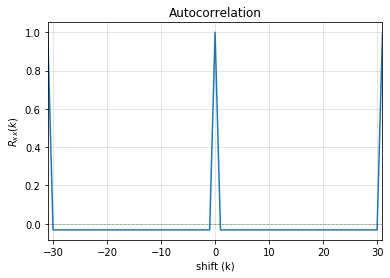
Based on this key, it generates a pseudorandom keystream which can be combined with the plaintext digits in a similar fashion to the one-time pad. Key generation, distribution and management are critical for those applications.Ī stream cipher makes use of a much smaller and more convenient key such as 128 bits. This makes the system cumbersome to implement in many practical applications, and as a result the one-time pad has not been widely used, except for the most critical applications. However, the keystream must be generated completely at random with at least the same length as the plaintext and cannot be used more than once. This system was proved to be secure by Claude E. The keystream is combined with the plaintext digits one at a time to form the ciphertext. A one-time pad uses a keystream of completely random digits. Stream ciphers can be viewed as approximating the action of a proven unbreakable cipher, the one-time pad (OTP). However, stream ciphers can be susceptible to security breaches (see stream cipher attacks) for example, when the same starting state (seed) is used twice. Stream ciphers typically execute at a higher speed than block ciphers and have lower hardware complexity. This distinction is not always clear-cut: in some modes of operation, a block cipher primitive is used in such a way that it acts effectively as a stream cipher. Block ciphers operate on large blocks of digits with a fixed, unvarying transformation. Stream ciphers represent a different approach to symmetric encryption from block ciphers. The seed value serves as the cryptographic key for decrypting the ciphertext stream. The pseudorandom keystream is typically generated serially from a random seed value using digital shift registers. In practice, a digit is typically a bit and the combining operation is an exclusive-or (XOR). Since encryption of each digit is dependent on the current state of the cipher, it is also known as state cipher. In a stream cipher, each plaintext digit is encrypted one at a time with the corresponding digit of the keystream, to give a digit of the ciphertext stream. The operation of the keystream generator in A5/1, an LFSR-based stream cipher used to encrypt mobile phone conversations.Ī stream cipher is a symmetric key cipher where plaintext digits are combined with a pseudorandom cipher digit stream ( keystream). JSTOR ( October 2021) ( Learn how and when to remove this template message).Unsourced material may be challenged and removed.

Please help improve this article by adding citations to reliable sources. This article needs additional citations for verification.


 0 kommentar(er)
0 kommentar(er)
